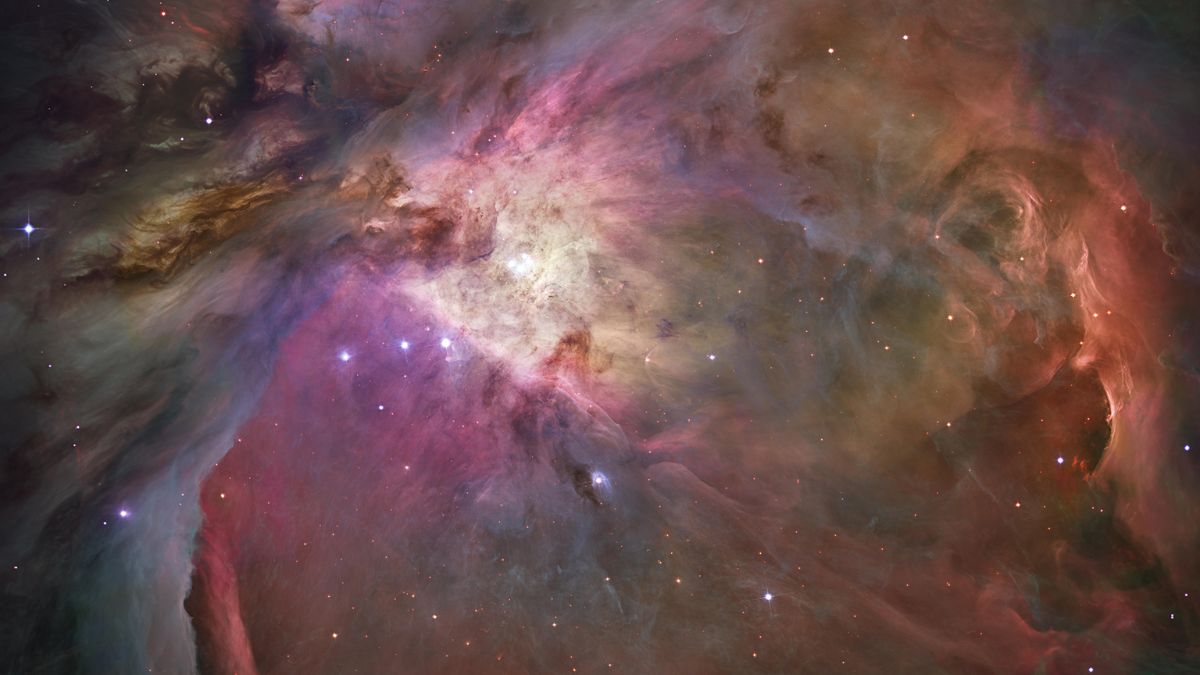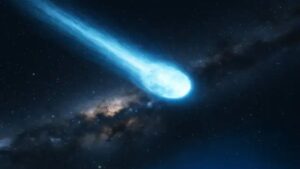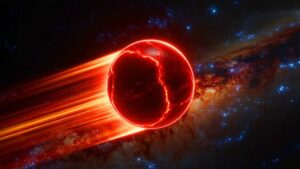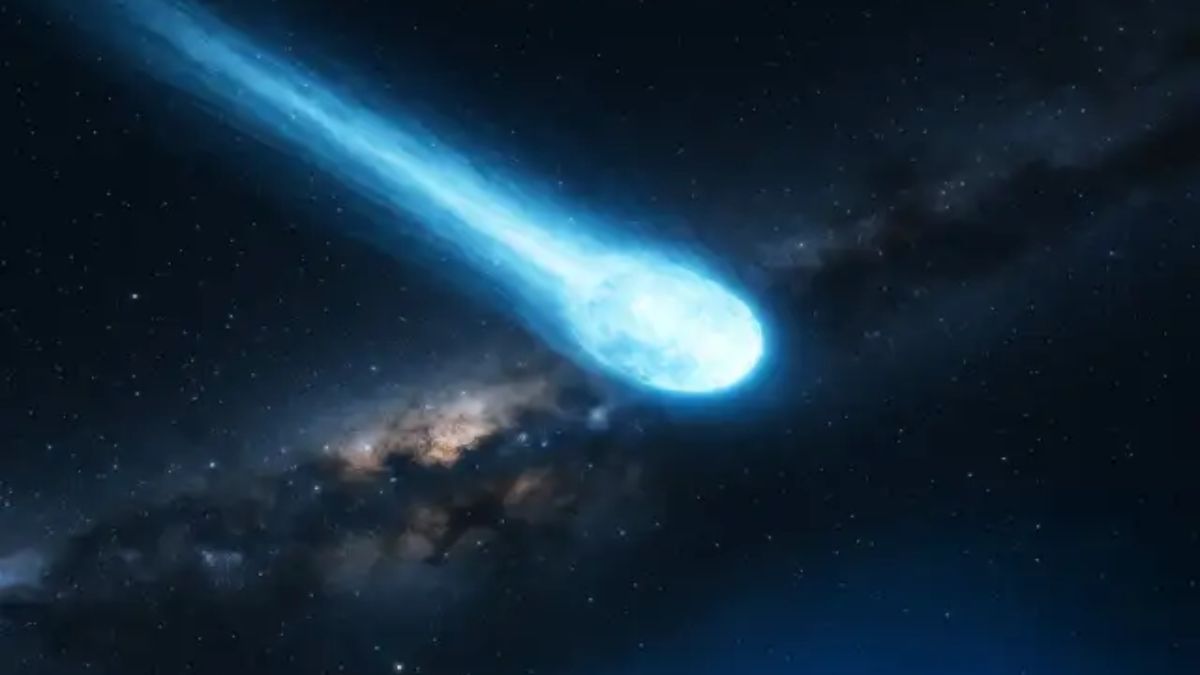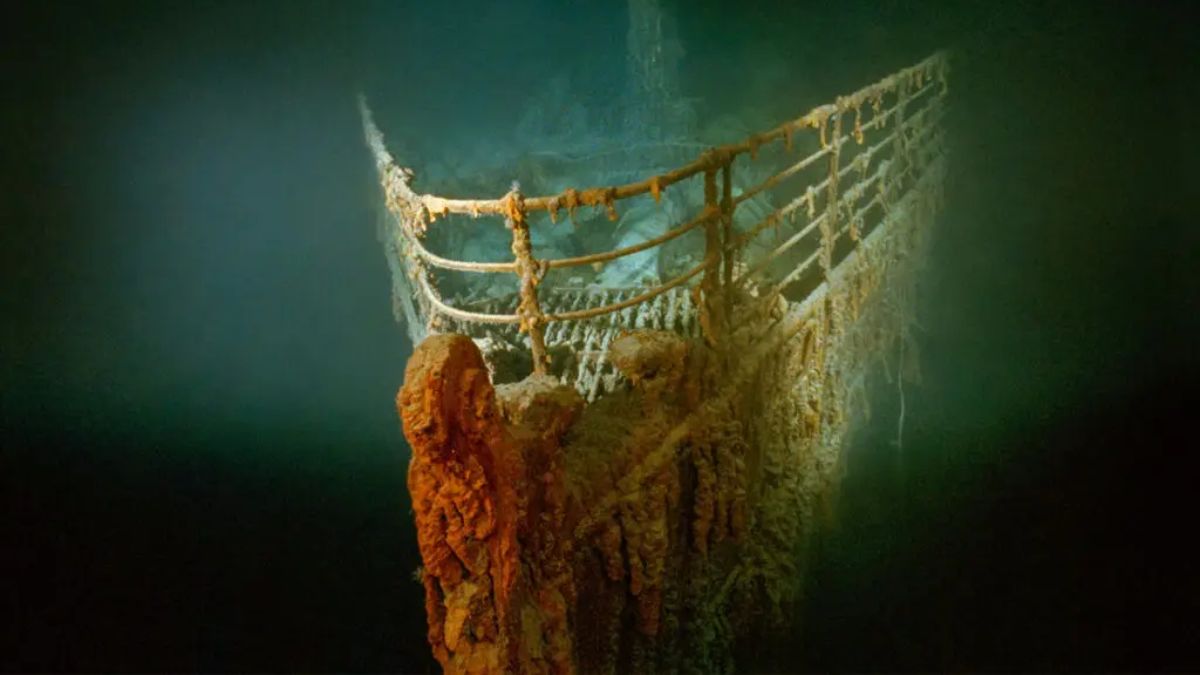The universe keeps surprising us. Just when we think we’ve figured something out, space throws us a new mystery. This time, NASA has shared a fascinating discovery: 17 complex organic molecules floating around a baby star called V883 Orionis, located inside the famous Orion Nebula.
Let’s break down why this matters, how it was found, and what it could mean for the origin of life in the universe.
V883
V883 Orionis isn’t your average star. It’s what scientists call a protostar, meaning it’s still in the early stages of becoming a full-fledged star. Think of it like a star under construction.
Surrounding it is a protoplanetary disk — a giant spinning ring of gas and dust. These disks are crucial because they’re the birthplaces of planets, moons, and comets. Over time, the materials in these disks clump together, forming the worlds that could one day orbit the star.
NASA scientists, along with researchers using the ALMA radio telescope in Chile, zeroed in on V883 because its conditions offer a perfect window into how planetary systems are born.
Molecules
Now here’s the exciting part. In the disk around V883, scientists detected 17 different complex organic molecules (COMs) — the kind of molecules that are the building blocks for life.
Some of the molecules identified include:
- Ethylene glycol (found in antifreeze on Earth)
- Glycolic acid (used in skin care)
- Other molecules that are chemical precursors to amino acids and sugars, which are vital for life as we know it.
These compounds are also part of the structure of DNA, such as adenine, cytosine, and guanine. So yeah, this isn’t just space dust — it’s the stuff life is made of.
Strange
Finding these molecules is amazing, but how they were found is just as surprising.
Normally, COMs stay frozen inside the icy dust grains in the disk. But a sudden burst of energy from V883 caused something unexpected. This outburst pushed the “water snow line” outward — the area where water vapor turns to ice.
As this line shifted, ice melted, and with it, the frozen organic molecules were released into gas, allowing scientists to detect them for the first time.
Think of it like opening a freezer after a power outage — everything starts melting and spreading out. In this case, what spread out were molecules essential to life.
Origin
Here’s the big mystery:
- Were these molecules recently formed in the disk of V883?
- Or are they ancient, preserved in ice from long before the star began to form?
Answering this question could help us understand if the ingredients for life are created often in space, or if they’ve been traveling across the universe for billions of years, ready to spark life wherever conditions are right.
Importance
Why is this discovery so important? Because it touches on some of the biggest questions we have:
| Topic | Why It Matters |
|---|---|
| Planet Formation | Shows how stars and planets grow from dust and gas |
| Origin of Life | Suggests life’s ingredients may be common in space |
| Astrochemistry | Helps study how molecules behave in extreme space |
| Cosmic Evolution | Connects early star systems to the chemistry of life |
It means we might not be as unique as we thought. If these molecules exist around a young star, they might be everywhere, making the universe more “alive” than we ever imagined.
Future
This isn’t just a cool find — it’s a sign that the early stages of planet formation already contain the raw materials for life. If these molecules are this widespread, maybe life isn’t such a rare event after all.
NASA’s discovery pushes the boundaries of what we know about the chemistry of space and how solar systems evolve. Each finding like this brings us one step closer to answering some of the biggest mysteries in science.
So today it’s V883 Orionis and 17 molecules. Tomorrow? Who knows. Maybe even stronger signs of life elsewhere in the cosmos.
FAQs
What is V883 Orionis?
A young protostar inside the Orion Nebula.
What did NASA find near V883?
17 complex organic molecules in its protoplanetary disk.
Why are these molecules important?
They’re building blocks for life like amino acids and sugars.
What caused the molecules to move?
A burst of heat pushed the water snow line outward.
Could this mean life is common?
Possibly, it suggests life’s ingredients are widespread in space.

